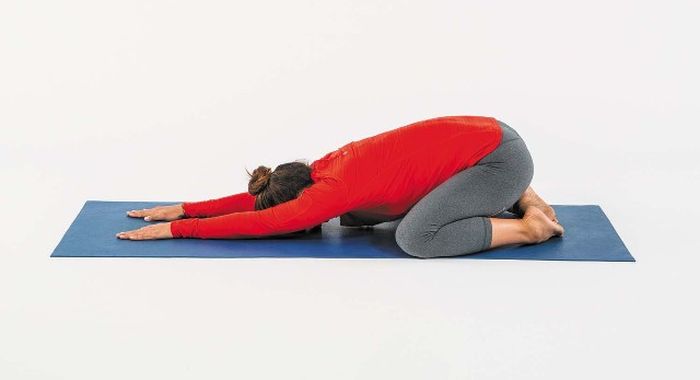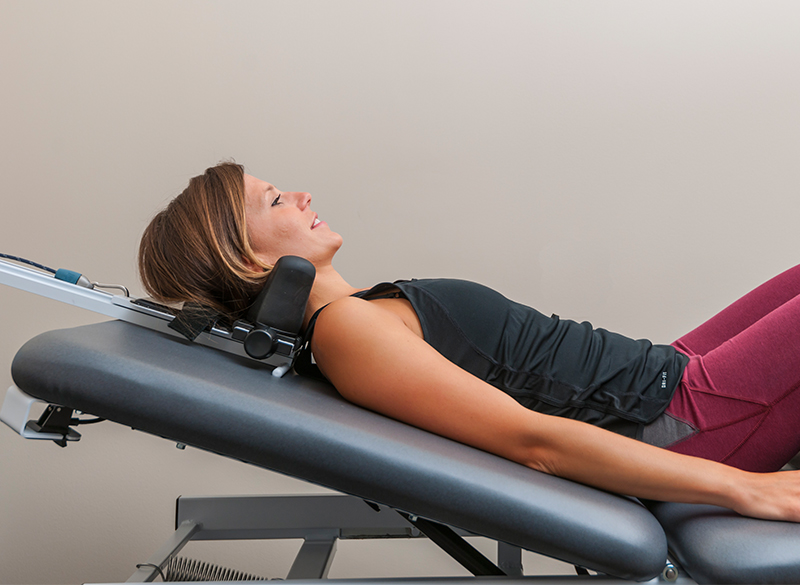Eshealthtips.com – The best way to reduce the pressure on your lower back is to do spinal decompression exercises. These are exercises that you can do on the floor and help strengthen your core. For maximum benefit, perform these exercises on a carpeted floor. If you don’t have access to a floor mat, you can use a yoga mat. Afterward, repeat these exercises 10 to 20 times. Once you’ve completed the recommended number of times, you can start with the advanced exercises.
Most Effective Spine Decompression Exercises
One of the most effective spinal decompression exercises is the laying back arch. This helps to lengthen the spine while providing a gentle massage to the lower back. To perform the arch, lay on your back and curl your knees to your chest. Wrap your arms around your knees, keeping your hips off the ground. If you want to stretch your lower back even more, you can bring your head to your knees to enhance the position.
Another type of spinal decompression exercise targets the lumbar area. It also strengthens the core and hip flexors. By doing these exercises regularly, you can prevent the pain from coming back. But it is important to note that the exercises do not work on the source of spinal compression. Only a variety of full-body movements can help alleviate back pain. If you want to feel better, you should also do stretches to build strength and flexibility in the affected areas.

The most common type of spinal decompression exercise is the pull-up. The main reason that spinal decompression exercises help relieve back pain is that they increase the flow of fluid around the spinal column. It’s possible to perform this exercise at home with the help of a pull-up bar. The best way to do this is by hanging from a pull-up bar. While doing this exercise will increase your strength, it will also help to relieve the pressure on your spinal discs.
Practicing Child’s Pose Exercises Before Sleeping
This exercise is also known as a child’s pose. The child’s pose is particularly effective for lower back decompression. You need to bend forward and stretch your arms forward. Repeat this exercise five times a day. You can also practice this exercise whenever you have a free moment. Just make sure that you do it before you go to sleep. And don’t forget to stretch out your legs and back muscles. Once you’re done, your back will thank you.
While spinal decompression therapy is the most common method for restoring flexibility and health in the spine, it is also important to consider alternative treatment options. If non-invasive therapies aren’t enough, your healthcare provider may recommend a surgical procedure. Acupuncture, chiropractic care, and physical therapy can all relieve pain and improve mobility. If you’re not sure which treatment option is best for you, talk to your healthcare provider and ask for a referral. He or she will be able to provide you with information on safe and effective exercises for the spine.

If you want to do a more advanced form of this exercise, you should follow a video and perform each of the techniques step-by-step. You can also modify the movements to accommodate your needs. Make sure to stretch your lower back and mid-back. And you can also incorporate your abs into this exercise to stretch your shoulders and chest. Just remember to do these exercises slowly, and your body will feel better before you know it.
Starting Spinal Decompression Exercises with Traction
The National Health Service supports spinal decompression surgery. However, the early benefits of this procedure may diminish over time. In fact, one study at Charing Cross Hospital found that the benefits of the surgery had only lasted five years. There are risks associated with surgery, including an adverse reaction to anesthesia, nerve damage, and a decreased ability to walk. In addition to the risks of spinal decompression surgery, patients must be aware of the side effects and risks of this treatment.

Traction is another form of spinal decompression exercise. This therapy involves pulling the head and neck apart to stretch out the spine and create space between the herniated discs and the pinching nerves. Many people with back pain have experienced a reduction in their pain after starting spinal decompression exercises with traction. If you are interested in trying this exercise, it might be a good idea to visit your physical therapist.
Reference: